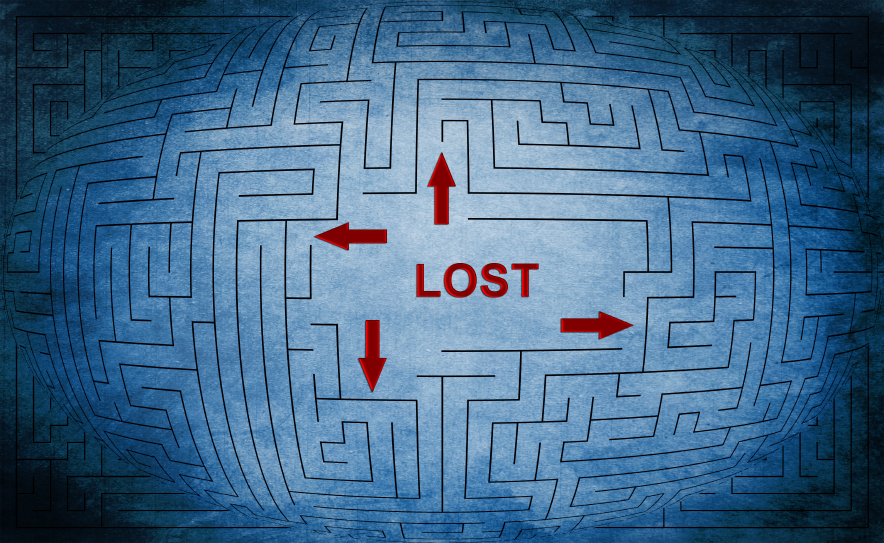 I have been conducting win loss analysis for 25 years, and have wondered how stress affects decision-making, since it crawls into most aspects of daily life.
I have been conducting win loss analysis for 25 years, and have wondered how stress affects decision-making, since it crawls into most aspects of daily life.
I recently discovered Stephen W Martin’s studies on this very topic. In 2012, he interviewed several hundred B to B salespeople about their challenges in winning deals with prospective clients. Their companies ranged from start-ups to billions of dollars with the majority between $50 – $150 million in annual revenue. He has also interviewed thousands of decision-makers in the win loss analysis process.
The top finding from Sales is that their biggest enemy is not the competition: it’s “no decision.” Customers are afraid to make decisions due to the stress of buying. Psychologically, stress shortens attention spans, escalates mental exhaustion, and contributes to poor decision making. This can lead to analysis paralysis. To reduce the fear, uncertainty and doubt in decision making, customers will:
- List needs in lengthy RFP documents
- Hire consultants to help them make the right decision
- Conduct lengthy product evaluations
- Talk to existing product users to ensure they work as the vendors claim they do
Customers are seldom sure they are purchasing the right product or solution, and there are often naysayers in their organizations who are against moving forward. So customers increasingly don’t make a purchase even after a thorough evaluation. They feel too overwhelmed with information and contradicting evidence to make a decision.
I have paraphrased and embellished on the specific forms of stress Stephen has uncovered in his research that can postpone decision making or lead to indecision.
Budgetary Stress – Is the money available and justified for this purchase? A company’s budgeting process is not only designed to prioritize where money is to be spent but also to remove the fear of spending it.
Evaluation Committee Stress – Finding common agreement for a solution. Whenever a company makes a purchasing decision that involves groups of people, self-interests, politics, and group dynamics will influence the final decision, and can cause it to stagnate.
Vendor Selection Stress – What is the difference among competitors? The difference between most products is often small in that they share the same basic features, functions and benefits, which makes decision making more difficult.
Information Stress – What is Truthful? Most customers have had a negative experience with a salesperson which leads them into the stressful position of separating fact from fiction. Thus salespeople carry the burden of proving they’re telling the truth. Later in the sales cycle, competitors will often sabotage one another and this quarreling can cause customers to postpone or cancel decision-making.
Corporate Stress – What is the best solution for the company? Evaluators want to do what’s in the best interest of their company and to be good corporate citizens. Even after a formal evaluation process, the likelihood that a purchase will not be made jumps tenfold when the recommended solution is not aligned to the company’s goals and direction. This is more often the case with purchases that are instigated by lower level employees.
Peer Level Stress – What will my peers think? Whether from above, below, or the same level in an organization, coworkers continually evaluate the behavior, success, and failures of those in the decision-making process. This exerts pressure on the evaluators to make the right decision and not to make a decision if there isn’t an obvious choice or clear-cut direction.
Individual Stress – Retaining my job. Today, employment is never guaranteed and loyalty frequently goes unrewarded by companies. This leads some prospective buyers to feel continual pressure to put their individual needs before the company’s to keep their job or to help them land another opportunity.
Conclusion: I believe the stresses that employees face in making a wrong decision gives incumbents and big companies with strong brand ID even better odds at winning business. According to Stephen, incumbents have 80% odds of winning the business. This makes customer retention an even more valuable goal for companies.
In the last 10 years, I have lost business increasingly due to being small and having lower brand ID than larger firms even though I have been doing competitive intelligence since 1985, have led initiatives at two Fortune 500 companies, and am widely published. In many cases I feel that decision-makers are too stressed out to change providers or to seriously consider a smaller solution provider. I would love to hear other people’s stories on this.
